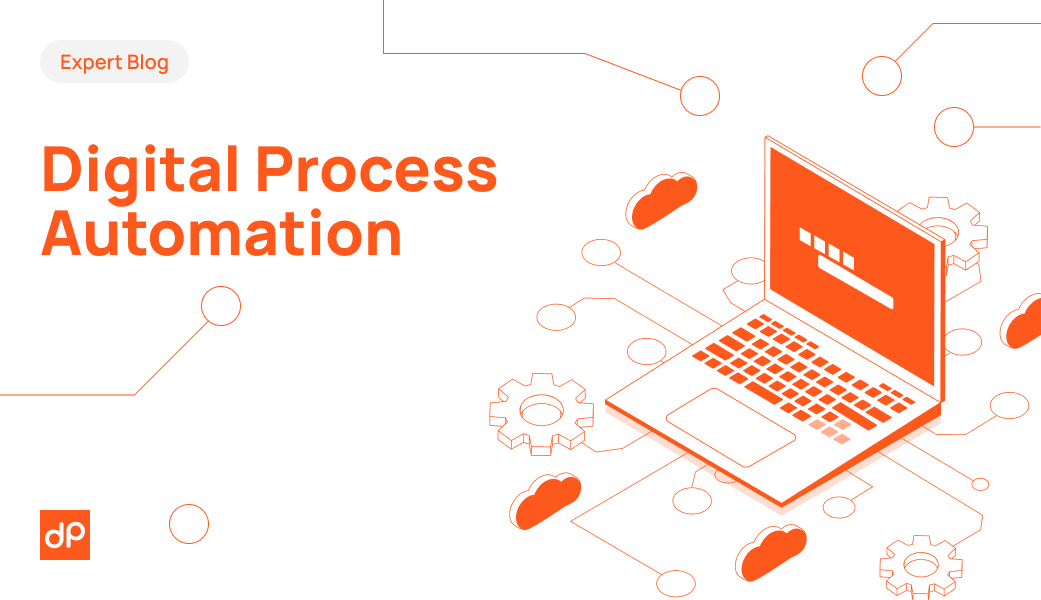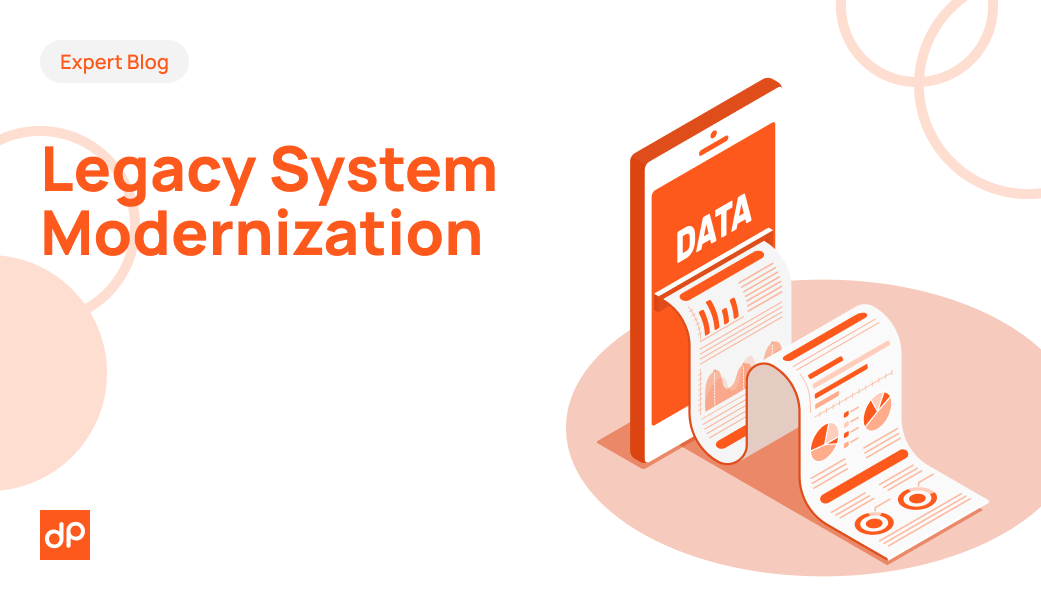Insights & News
Let's discuss how we can help bring your ideas to life!
March 19, 2025
devPulse Team

March 12, 2025
devPulse Team

March 7, 2025
devPulse Team

February 20, 2025
devPulse Team

February 18, 2025
devPulse Team

February 18, 2025
devPulse Team







